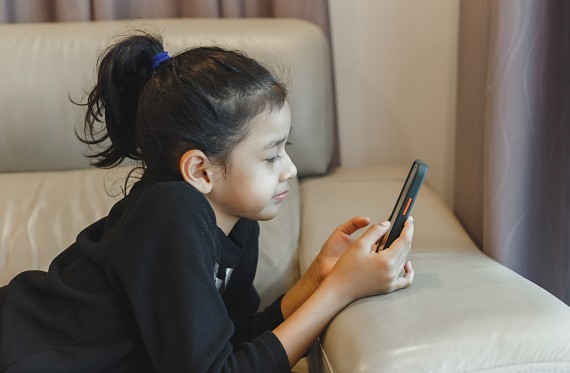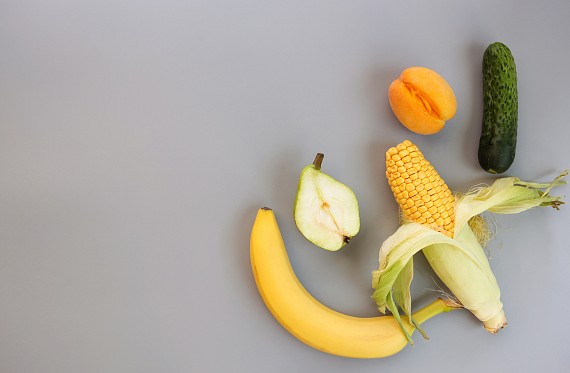Sex and relationships is one of those topics that has given teachers many a sleepless night, especially when faced with a chatty Year 6 class! Here are five things that have helped me, which I hope might make the process a little easier for others.
If you're looking for more information about the Relationships, Health & Sex Education curriculum, you will find everything you need to know here. If you're only looking for a recap, click the drop down options below:
SRE, or Sex and Relationship Education, refers to the teaching of topics related to human sexuality and relationships.
It was introduced in the UK as part of the national curriculum in 2000, with the aim of helping young people to understand and navigate the complex issues surrounding sex and relationships. SRE has faced criticism from some quarters, with some arguing that it is not age-appropriate or that it goes against certain moral or cultural values. However, many educators and health professionals believe that SRE is a necessary and important part of the curriculum, as it helps young people to make informed decisions about their sexual health and relationships, and to establish healthy and respectful behaviors towards others.
Yes, Sex and Relationship Education (SRE) is mandatory in schools in the UK. According to the Department for Education, all schools in England must provide SRE as part of the national curriculum. This includes primary schools, where SRE is typically taught as part of the Personal, Social, Health, and Economic (PSHE) education curriculum, and secondary schools, where it is usually taught as a standalone subject or as part of the PSHE curriculum. In Scotland and Wales, SRE is also a mandatory part of the school curriculum. However, the specific content and delivery of SRE may vary between schools and local authorities.
Parents in the UK have the right to request that their child be withdrawn from some or all SRE lessons, although this right is not absolute.
In England and Wales, parents have the legal right to request that their child be withdrawn from sex education lessons, but not from lessons on relationships. This means that schools must accommodate requests from parents to withdraw their child from sex education lessons, but are not required to do so for lessons on relationships. Schools are, however, required to inform parents about the content and nature of the SRE lessons their child will receive and must consider any requests for withdrawal of the child from these lessons.
In Scotland, parents have the right to request that their child be withdrawn from any part of the SRE curriculum. However, the decision to grant such a request lies with the school. Schools are required to take into account the views of the parents and the child, as well as the importance of the lesson content and the potential impact of the withdrawal on the child's education.

With the widespread use of technology among primary-age children, SRE must now account for internet-savvy classrooms. For example, a key safeguarding issue is staying safe on apps, which can be (and are) widely used by KS2 children despite having age restrictions. Not only this, but young people themselves have reported that the internet is changing the way that primary children feel about themselves and the way that secondary students view sex & relationships.
I have found that Year 6 children enjoy discussing social media, making it a great hook to begin discussing related SRE topics such as internet safety and the rise of "sexting." The NSPCC has excellent advice for talking to children about these issues.

One of the most unique ways I have seen SRE taught was when I observed a very experienced teacher introducing the topic of puberty to a group of Year 6 boys (classes had been split by gender for this lesson). He began the lesson by asking the class for every word and slang phrase for male and female body parts and wrote each one down on the board! This served as a fantastic icebreaker for a group of nervous children and was also a great way to address misconceptions about terminology from the start.

Another activity that has been effective in addressing misconceptions is allowing the class to anonymously write down questions before or after the lesson. This way, the teacher can answer questions directly or research issues with the class in time for the next session. You may be surprised by the questions students are too afraid to ask in public! Be sure to remind the class that the questions are anonymous, and follow your school's safeguarding policy if any concerns arise from a particular question.

As you introduce a lesson, pay close attention to the faces of your students. If you notice that they are squirming, seem disinterested, or overly excited, it may be necessary to go back a few steps or approach the topic from a different angle.
I can clearly remember trying to teach a brilliant yet cheeky class (who were usually ultra-engaged) about how babies are made and being met with children covering their ears and refusing to take part.
We took it back a notch and had a conversation, where they said they felt too young to be talking about this and didn't want to hear it, so it was clear we needed to tackle it from a different angle. We found our way, slowly, through lots of monitoring and check-ins with how they were feeling about new information. It turned out that their bravado questions and leaving dictionaries open in the 'S' section all year was just a show for a group that didn't really want to know the birds & the bees just yet.

Many of us grew up in environments where sex wasn't something we spoke about, and definitely not with parents or teachers, which makes it even more difficult to talk about with children and teenagers. However, it is an important conversation to have.
Children will pick up on nervous teachers who don't want to deliver this kind of education. If they can identify that their teacher is nervous, uncomfortable or internally cringing, they could pick up the impression that sex is these things: embarassing, cringey and uncomfortable. We all want our young people to grow up with a healthy and open view of sex & relationships, so be brave, be confident and remember: you're building up the next generation to have a healthy, open attitude to talking about sex.